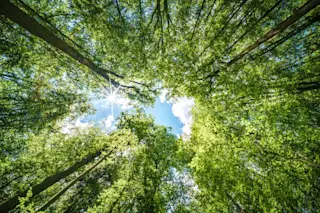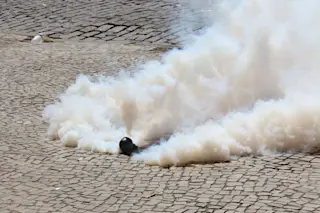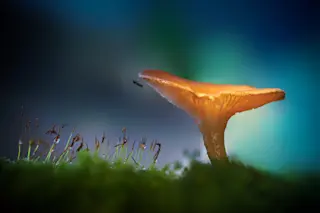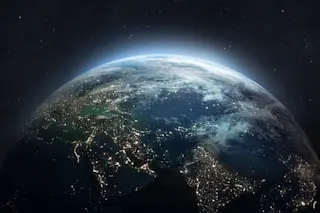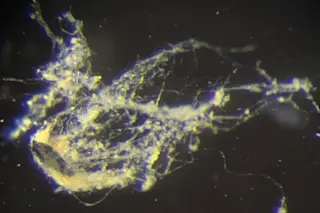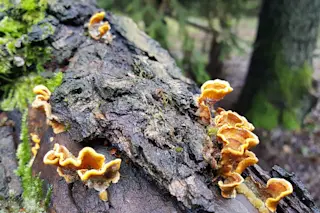If humans could hijack photosynthesis — essentially, plants’ food factory — they could, in theory, capture carbon and produce hydrogen, both potentially helpful in fighting climate change. Absorbing carbon could slow climate change, and manufacturing hydrogen efficiently could create an alternative to CO2-producing fossil fuels.
Plants’ natural “factory” is both elegant and efficient: they absorb energy from the sun to process carbon dioxide and water into the sugar and oxygen that sustains them.
Although this sounds simple in theory, it’s incredibly difficult to perform in practice. Scientists have been trying for decades to recreate the process. Now, a team of researchers reports in Nature Chemistry that they have performed a crucial early step.
Why has this relatively straightforward-sounding natural process been so hard to mimic in the lab? Essentially, the biochemical machinery that powers the plant’s “plant” is quite complex. The process, which happens within plant cells, requires many steps ...


